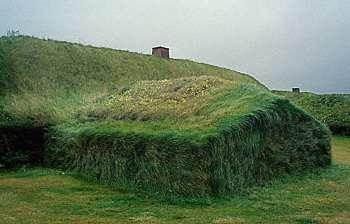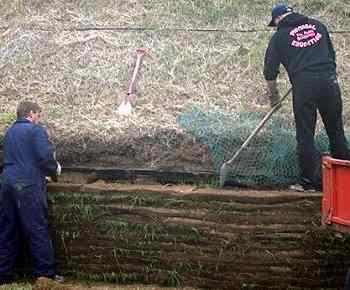




Seed the Mind, Harvest Ideas.
http://farmwhisperer.com
















 1
1




www.thehappypermaculturalist.wordpress.com




 1
1




 1
1




 1
1




 1
1




 1
1




 1
1




 2
2




 1
1




 1
1








 1
1




Permaculture in Croatia:
www.perforum.info




 1
1







Projects, plans, resources - now on the Permies.com digital marketplace.
Try the Everything Combo as a reference guide.




 5
5













Ask me about food.
How Permies.com Works (lots of useful links)






One of my concerns about Wofati design is managing moisture levels so they don't rot the woodwork.
I know, it's not supposed to have moisture - but that's a fantasy.
"Never doubt that a small group of thoughtful, committed citizens can change the world; indeed, it's the only thing that ever has."-Margaret Mead "The only thing worse than being blind, is having sight but no vision."-Helen Keller
 1
1




 1
1




paul wheaton wrote:So I'm combining a lot of ideas from a lot of people and coming to a new space amd I just need to express it.
First, we have
Sepp, building a shelter in a day:
Total cost for the structure is about $1000 (two layers of felt and one layer of pond liner) plus the cost of the track-hoe. Note that the soil is a meter deep over the structure.
And then we have Mike Oehler's designs that are in many ways similar - with light coming in all four directions.
Then add in the idea of the umbrella architecture:
(more details at http://www.norishouse.com/PAHS/UmbrellaHouse.html )
And a look I like:
(more at http://www.simondale.net/house/index.htm )
I really like the idea that most of the materials come from the land.
And I really like the idea that something can be built so quickly.
And I really like the idea that the structure requires little, if any, heating or cooling.
And so I want to add to it a bit. I want the roof layer to be like this:
12 inches wet soil
newspaper (half inch)
poly
newspaper (half inch)
straw/sawdust
newspaper (quarter inch)
8 inches of dry soil
newspaper (half inch)
poly
newspaper (half inch or more to get a smooth, even surface)
wood (2xX or logs)
So instead of double layers of pond liner/felt/insulation that is trucked in and costs about $8000, the total cost might be about $200.
Will it work? Am I brilliant? Or am I gonna die under eight tons of dirt?
Community Building 2.0: ask me about drL, the rotational-mob-grazing format for human interactions.
 1
1




The best gardening course: https://gardenmastercourse.com
Permies.com FAQ




Life doesn't always follow the plan.
No, I'm not all-right - I'm half left!




paul wheaton wrote:have you read mike oehler's book?
Life doesn't always follow the plan.
No, I'm not all-right - I'm half left!
 2
2




“Uncertainty is an uncomfortable position. But certainty is an absurd one.”
― Voltaire
 3
3




Life doesn't always follow the plan.
No, I'm not all-right - I'm half left!
 2
2




 4
4




 2
2









|
please tap on glass. Tap harder. Keep tapping until this tiny ad jumps in your lap
Learn Permaculture through a little hard work
https://wheaton-labs.com/bootcamp
|









